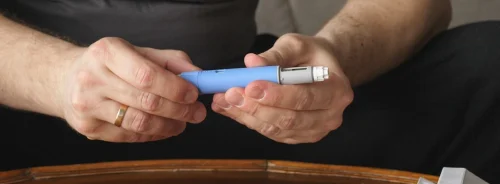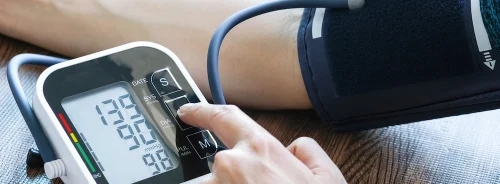The technology is still being tested, but with further development, it may allow doctors to more accurately and quickly assess information on the width and length of artery blockages, while exposing patients to less dye and radiation.
During a cardiac catheterisation procedure, doctors insert a catheter to inject contrast dye that temporarily fills the coronary arteries allowing doctors to then take multiple two-dimensional X-ray images from different views. By using this new software and a technique called rotational angiography, a process where existing x-ray machines rapidly rotate around the patient, 3-D images can be automatically reconstructed by computer generation.
The 3-D images reduce the need for multiple X-rays, thus decreasing patients





